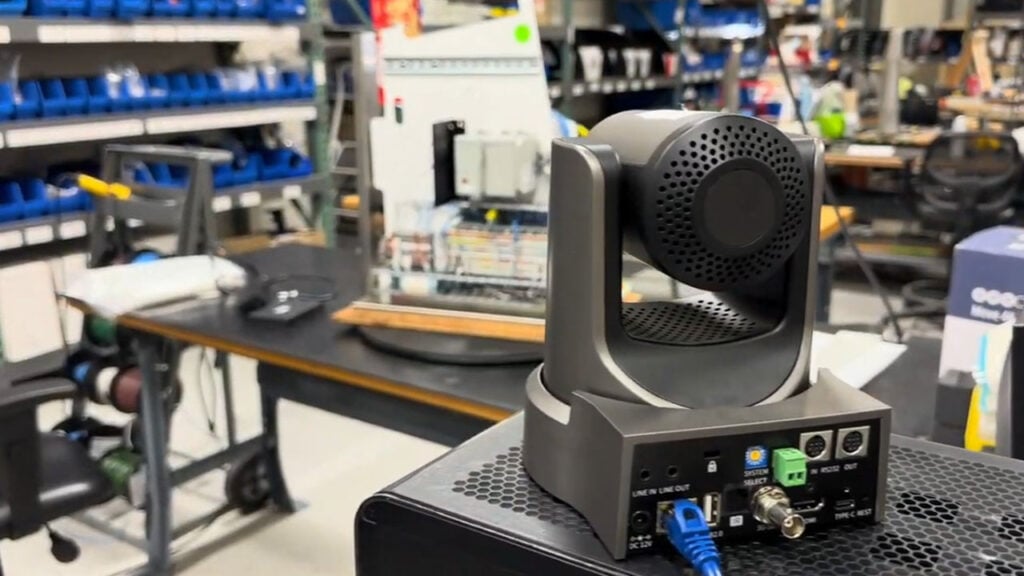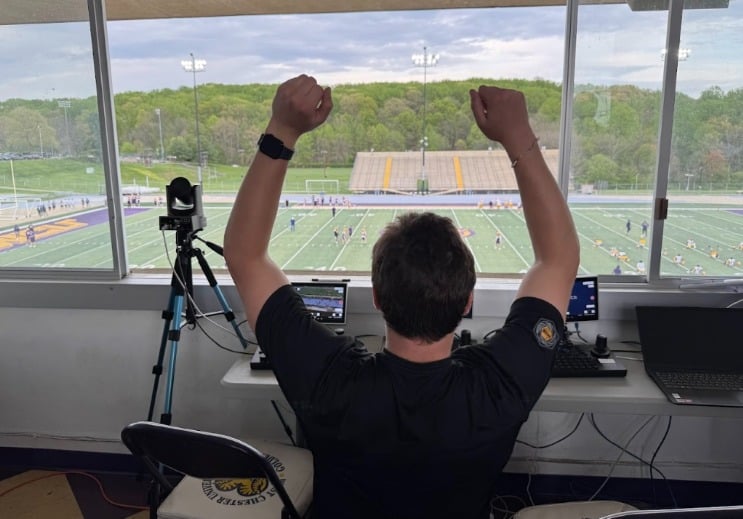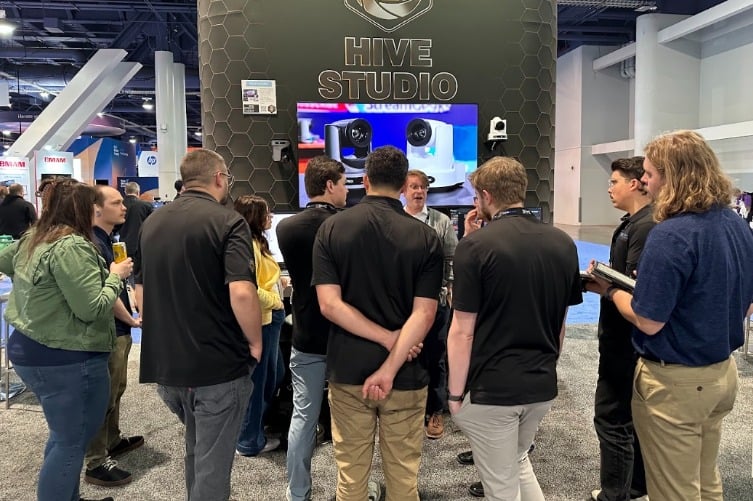What type of cables are used for live streaming projects?
Written by Paul Richards on January 26, 2021
Live streaming from a smartphone can require no cables at all, just charge up your phone and make sure you have a strong WiFi connection.
But many live streaming systems feature a variety of cables that you should be familiar with, including
- USB,
- HDMI,
- DisplayPort,
- SDI,
- Ethernet,
- Thunderbolt,
- XLR,
- audio cables, and more.
USB CABLES
Perhaps the most common cable used in any modern video project is USB cables, often used to connect simple devices such as keyboards and mice to your computer.
But they are also used to capture video sources such as HDMI or SDI and convert them into usable USB connection sources for your computer.
USB cables come in a variety of connector types including;
- USB-A
- USB-B
- USB-C,
- micro-USB,
- and mini-USB.
USB cables are also available in 2 main versions;
- USB 2.0,
- and USB 3.0.
In general, USB 2.0 cables are used for low bandwidth devices such as audio mixers, keyboards, and webcams. USB 3.0 and USB C cables are used for higher bandwidth connections to capture cards and professional cameras.
When you are using USB cables in your video production system it’s important to think about cable lengths, the availability of ports on your computer and USB bandwidth, and if you need to extend the length of a USB cable you can do so with a USB extender.
Pro Tip:
If you have to extend a USB connection to a camera more than 20 feet, consider extending HDMI or SDI instead. SDI cabling, for example, can be reliably extended hundreds of feet. It’s much more reliable than USB extensions that claim they can be extended this far.

USB CABLE PORTS
Next you need to think about USB ports on your computer. Some of your ports may be USB 2.0 capable and others may be USB 3.0 capable; additionally, these ports may share a common USB bus which could limit the overall bandwidth available to all USB ports in that section of your computer’s hardware.
Pro Tip:
If you are trying to connect two USB cameras to your computer and noticing issues, try switching USB ports. Sometimes two USB ports on one side of a laptop share a USB bus.
By taking one of the ports and switching it to the other side of the laptop, you gain access to additional bandwidth with an extra USB bus internal to your computer.
Video connection cables you should be aware of include HDMI, SDI, and DisplayPort. HDMI and DisplayPort cables are great for short cable runs and they’re perfect for connecting a LCD monitors and cameras that are within a short distance of each other.
If you need to extend HDMI cabling, you can purchase an HDMI extender but HDMI cables generally should not exceed 50 feet. SDI cable can be used at much longer distances and feature locking connectors, which help to avoid accidental disconnections.
ETHERNET CABLES
Ethernet cables are the heart of many IP based video production systems and they can also be used to provide your computer with internet access. Ethernet cables do not usually extend beyond 328 feet, though they come in a variety of quality types.
Most video production setups that use ethernet for video connectivity require CAT 5e cabling or greater because regular Category 5 cabling only supports up to 100 Megabits per second of data transmission. CAT 5e supports a full gigabit, or 1,000 Megabits, of data transmission.
Ethernet connections are easy and convenient to use for a variety of applications. For one thing, you can use network switches to connect many devices together over your network. You can also connect your internet router to a network switch to provide all devices connected to your network switch with internet access to send and receive video from anywhere on your local area network.
NDI is a popular IP video production standard you can use for this. Ethernet cabling can also be used to power devices such as cameras and lights with a PoE enabled network switch to power devices that support PoE power.
AUDIO CABLES
Audio cables are important to understand for any live streaming project. The most common audio cables include XLR and TRS varieties. In general, XLR cables have two main advantages over TRS. First, XLR cables have the required three conductor design to support balanced audio where the signal protects against interference over long distances, so the longer your cables are, the more important balanced audio is. TRS cables however, can also provide balanced audio if the cable is connected between a balanced TRS output and balanced TRS input. Second, XLR cables are also able to provide 48 Volt phantom power to microphones that use this feature. Your audio mixer must provide this power but the XLR cable is capable of transmitting it. Quarter inch TRS audio cables are generally used for guitars and simple speaker set ups but XLR cables are preferred for many other applications such as professional microphones and digital pianos, as well. 3.5 millimeter audio cables can be used with a variety of audio sources such as laptops and smartphones. There are three types of audio jacks; TS, TRS and TRRS. These stand for Tip/Ring, Tip/Ring/Sleeve and Tip/Ring/Ring Sleeve. TS audio connections are mono meaning they do not support left and right audio. TRS audio connections support stereo sound while TRRS cables support stereo audio along with a microphone connection. Both TS and TRS jacks are available in 3.5 millimeter as well as quarter inch sizes. TRRS jacks however, are usually only available in 3.5 millimeter sizing.
Now you know more about the most important cables used for live video production.
More on Basics of Live Streaming
- What do I need to live stream? Here.
- How to live stream to YouTube Here.
- How to make more engaging video content Here.
- What is the best camera for live streaming? Explained Here.
- How to live stream to Facebook? Here
- How to add graphics into your live stream Here
- How to live stream a Zoom meeting? Here
- What is OBS (Open Broadcaster Software)? Here
- What is a PTZ Camera? Here
- What is an SDI Camera? Here
- What is an NDI Camera? Here
- What cables do I need to live stream? Here
- What type of computer do I need to live stream? Here
- What is SRT? Here
- What is bandwidth? Here








